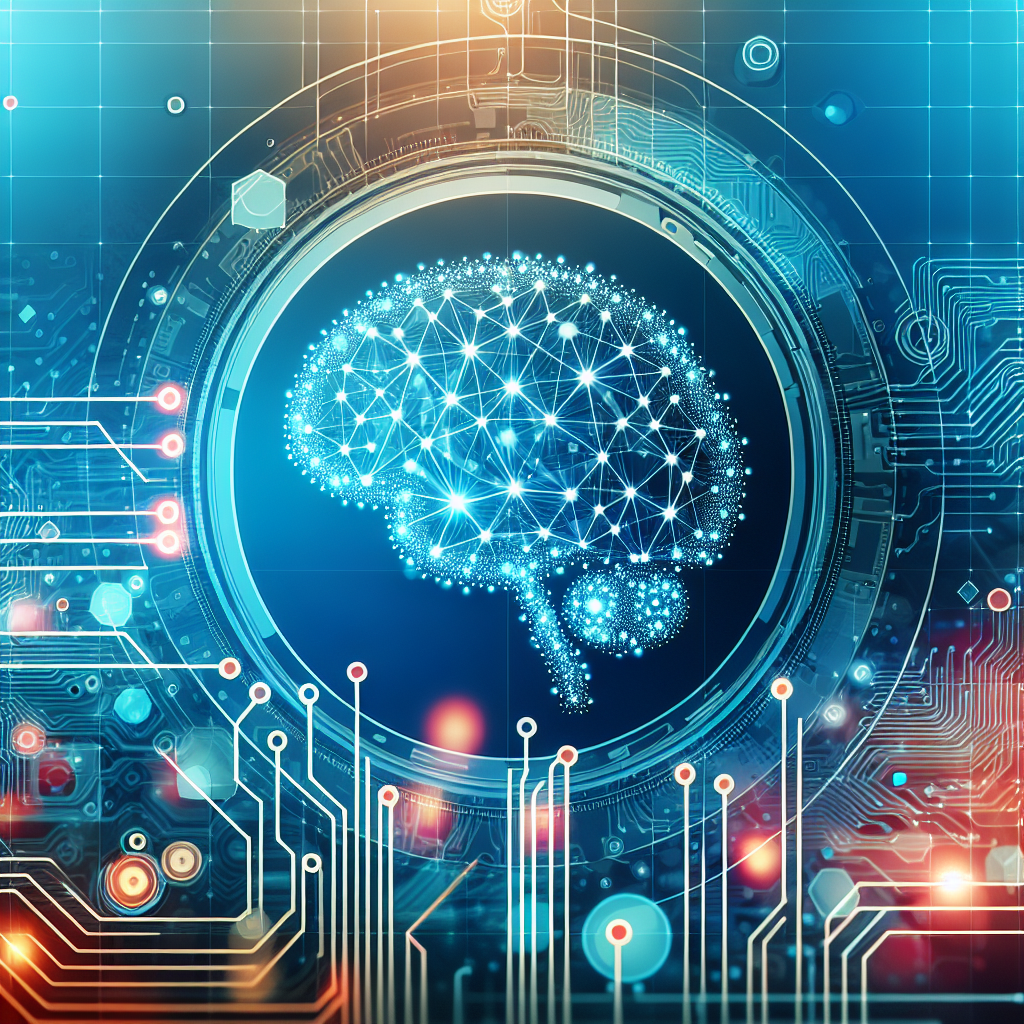Graph Neural Networks (GNNs) have gained significant attention in recent years as a powerful tool for modeling and analyzing complex relational data. GNNs are a type of neural network that is specifically designed to work with graph-structured data, such as social networks, molecular structures, and citation networks. They have been shown to be highly effective in tasks such as node classification, link prediction, and graph classification.
As the field of GNNs continues to evolve, several emerging trends and innovations are shaping the future of this exciting technology. In this article, we will explore some of these trends and innovations that are likely to have a significant impact on the development of GNNs in the coming years.
One of the key trends in the field of GNNs is the development of more advanced architectures and models. Researchers are constantly exploring new ways to design GNNs that can capture more complex relationships and dependencies in graph-structured data. For example, recent research has focused on developing attention mechanisms in GNNs, which allow the model to focus on different parts of the graph when making predictions. Other researchers are exploring the use of graph convolutional networks (GCNs) and graph attention networks (GATs) to improve the performance of GNNs on a wide range of tasks.
Another important trend in the field of GNNs is the development of more efficient training algorithms. Training GNNs can be computationally intensive, especially when working with large graphs. Researchers are working on developing new algorithms and techniques to speed up the training process and make GNNs more scalable. For example, recent research has focused on developing techniques for parallelizing the training of GNNs and optimizing the memory usage of these models.
In addition to advances in architectures and training algorithms, researchers are also exploring new applications and domains for GNNs. While GNNs have been primarily used in fields such as social network analysis and bioinformatics, researchers are now exploring their potential in a wide range of other domains, including natural language processing, recommendation systems, and autonomous driving. By applying GNNs to these new domains, researchers are uncovering new ways to leverage the power of graph-structured data and drive innovation in these fields.
Overall, the future of GNNs looks bright, with researchers continuing to push the boundaries of what is possible with this exciting technology. By developing more advanced architectures, training algorithms, and applications for GNNs, researchers are paving the way for a new era of graph-based machine learning. As GNNs continue to evolve, they are likely to play an increasingly important role in a wide range of fields, from healthcare to finance to transportation. The future of GNNs is indeed promising, and it will be exciting to see how this technology continues to develop in the years to come.
#Future #GNN #Emerging #Trends #Innovations #Graph #Neural #Networks,gnn


Leave a Reply